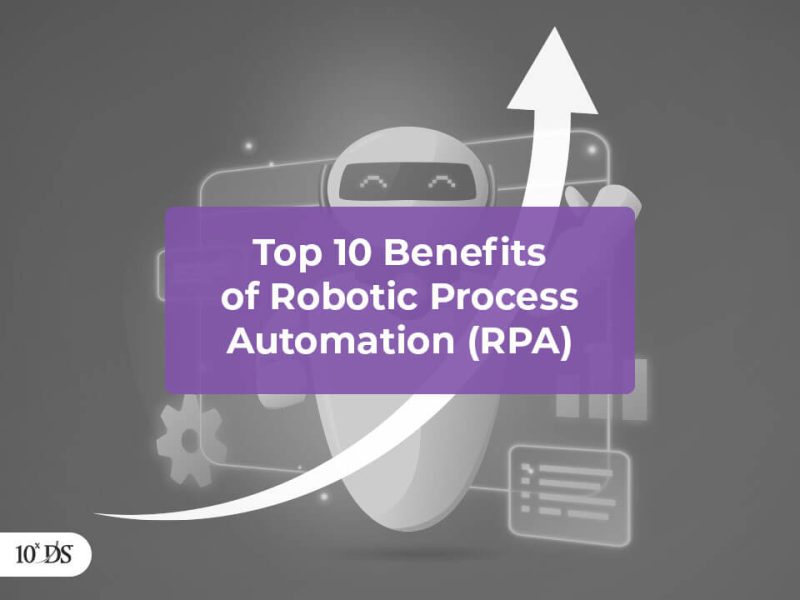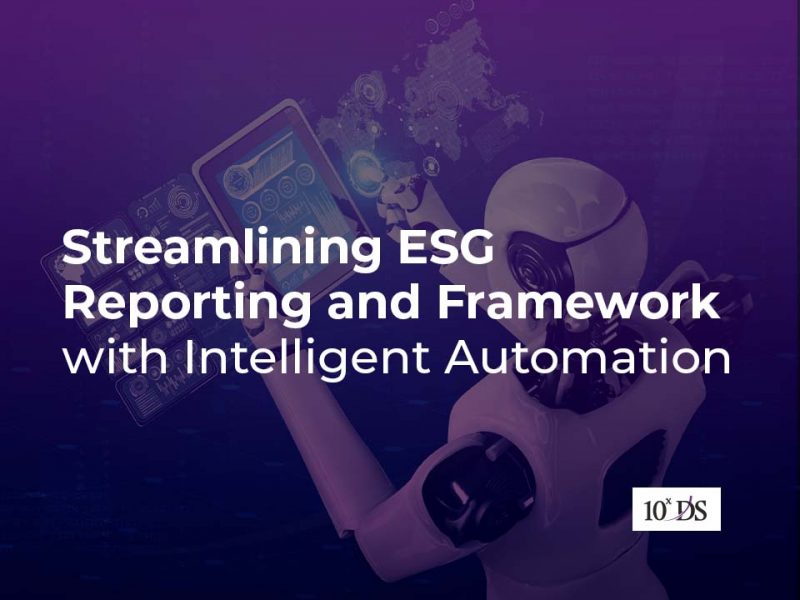
The Uncommon Common Sense (TUCS): Value Added Tax using Intelligent Process Automation
Since inception in France in 1954, Value Added Tax or VAT has continuously gained momentum across the globe. Most recently, the GCC States and Middle East countries have entered the new VAT era with the adoption of this tax system UAE, Bahrain and many others to follow.
Most countries or economies implement VAT with an objective to increase revenue to the exchequer, utilize the funds generated to meet their development goals, improve the standard of living of the people, provide better infrastructure, and other such goals.
In this series of The Uncommon Common Sense (TUCS), I will be focusing on what the implementation of VAT means to organizations, its stakeholders and how some of the emerging exponential technologies can be embraced not just for VAT initiation and recording aspects but also to ensure enhanced and timely compliance at much affordable costs.
VAT and its business impact
Along with the launch of new tax systems in the countries, tax authorities are simultaneously driving major regulatory changes, and organizations are finding it difficult to decipher these regulations because of its increased complexity. Organizations have become overly cautious about the impact of these changes and are building dedicated tax teams without clarity on what the regulators are expecting from them, resulting in the sub-optimal use of these teams.
The very fact that VAT is a transactional tax which gets invoked at the lower most level unless correctly triggered has the potential to jeopardize the complete indirect tax edifice. This makes it much more complex and maintaining a team of tax advisors or consultants to handle the change is significantly increasing their overhead expenses.
Streamline your VAT Implementation: An Approach that works
There is a way out of this, to simplify and streamline your processes in the VAT function. The key stakeholders in the organizations can keenly observe the typical life cycle of a transactional tax like VAT, which could be categorized into five broad areas:
- Trigger of transaction
- Resolution on tax categorization and percentage
- Recording of transactions including tax element
- Reconciliation of such elements
- Reporting as part of compliance
For ease of reference, lets refer this life cycle as “TR4” (Trigger, Resolve, Record, Reconcile and Report) from here on.
In their quest to reap the benefits of the latest technologies to streamline processes, at times organizations can find themselves led astray by the hype surrounding new technologies. But realistically, for the VAT function, organizations are quite ready to adopt the emerging exponential technologies such as Robotic Process Automation (RPA), Optical Character Recognition (OCR), Analytics, Cognitive Intelligence and others to automate the TR4 activities, and it’s not hype at all.
While all the TR4 activities can be automated by making software machines run the transactional processes replacing human efforts, we at 10xDS believe organizations should follow a gradual and phased approach for the implementation. Because this gives the stakeholders more confidence, comfort and better control to adapt to the changes of the digital transformation.
Since we are suggesting a phased approach, in this article I have focused on how RPA can be leveraged to streamline and automate processes in the VAT function. Before that, let’s understand what RPA is.
What is Robotic Process Automation (RPA)?
RPA is the technology and approach facilitating the use of software to automate mundane, high-volume, rule-based and repeatable tasks previously performed by humans. It is a non-invasive technology and can be integrated without changing the existing enterprise IT landscape.
In the course of executing the business process, RPA assists in optimization of productivity where the simple, rule-based and repetitive tasks are handled by the new Digital Workforce and the human workforce can focus more on the non-routine and value-add tasks.
This entire digital transformation initiative reduces the turnaround time (TAT), increases accuracy and enables greater costs savings as tangible benefits. The intangible results are evident in the enhanced employee morale performing value added activities, better customer experiences along with green channel entry to embrace other exponential technologies with better end results and shorter implementation timelines.
Since the RPA software integration requires minimal IT landscape changes (non-intrusive), it offers enhanced ability to work across diverse applications from legacy, mainframes to ERP and more. RPA integration also leaves a strong compliance or audit footprint on the activities performed by this newly inducted digital workforce, increasing the acceptance and satisfaction levels of the CXOs and creating greater avenues for organizations to jumpstart their automation journey.
Read More: What is Robotic Process Automation (RPA) – An Introduction
Integration of RPA in VAT function
Governments are working towards introducing better practices for running an effective tax regime including drivers such as clearly defined legislative notifications, structured audit using best of technologies around VAT submissions, compliance and reporting, and others.
Organizations have also started to embrace such initiatives owing to the several benefits they offer such as avenues to minimise operational costs (in the form of taxes/fines/penalties, and others), reduce tax over payments and improve VAT recoveries, opportunities for business expansion to other countries along with better and transparent management of transactions with business partners.
With organizations now looking to gain a holistic view, spending their quality time towards realizing their strategic goals, it’s peak time that they assign all the rule based, routine and voluminous processes under the VAT gamut to these digital companions – the VAT Digital Workforce. This will simplify and streamline processes around tax information exchange within the organization such as tax preparation, filing, remittances and recoveries, resolving cases of appropriate tax rates selection and its computation activities, automating tax filings and related communications with various stakeholders and others.
Lastly, but coming to the most important part: I would like to share a few classic starting points for kickstarting your Intelligent Process Automation journey for the newly formed VAT function within your organization. Partnering with 10xDS, we can work together to ensure the automation of any rule based, repetitive and structured activities in the VAT function spanning across TR4 (see table below: TR4 Lifecycle), with zero to minimal human involvement.
The benefits of such an integration will have a huge impact across the organization over the people, process and technology delivering financial benefits, operational efficiencies and swift technology solutions rollout.
TR4 Lifecycle
|
Trigger |
Resolve |
Record |
Reconcile |
Report |
| Export of Trial balance from system | Identification of tax class/category | Posting of tax accounting element/entries | Reconciliation between inputs and output tax | Preparation of tax returns |
| Export of vendor and customer wise invoice details | Validation of tax rates | Posting of tax provision accounting entries | Filing of tax returns | |
| Determination of partner status | System updates and sanity checks | MIS on tax status |
How we can help
Using the above “quick wins”, we will be ready to leverage our 5D approach and start with a focussed workshop interacting with representatives from your business, Tax and IT. We will holistically assess your needs, discover the right processes, the related IT landscape, consider your vision and mission towards embracing the latest digital solutions, and then move on to clearly quantify the automation feasibility on the selected processes.
We will also study the areas needing process redesign for enhancing its automation potential and create business cases depicting a clear ROI. Finally, we move towards a swift development of the automation solution to demonstrate the Pilot to the process owners and sponsors before its final Deployment as your Digital Tax Workforce.
So, what are you waiting for? Get started with a Pilot in collaboration with 10xDS!
Feel free to reach out to me at anand.laxman@10xds.com for a detailed conversation and I shall be happy to bring relevance and applicability to your business through TUCS – The Uncommon Common Sense approach!


